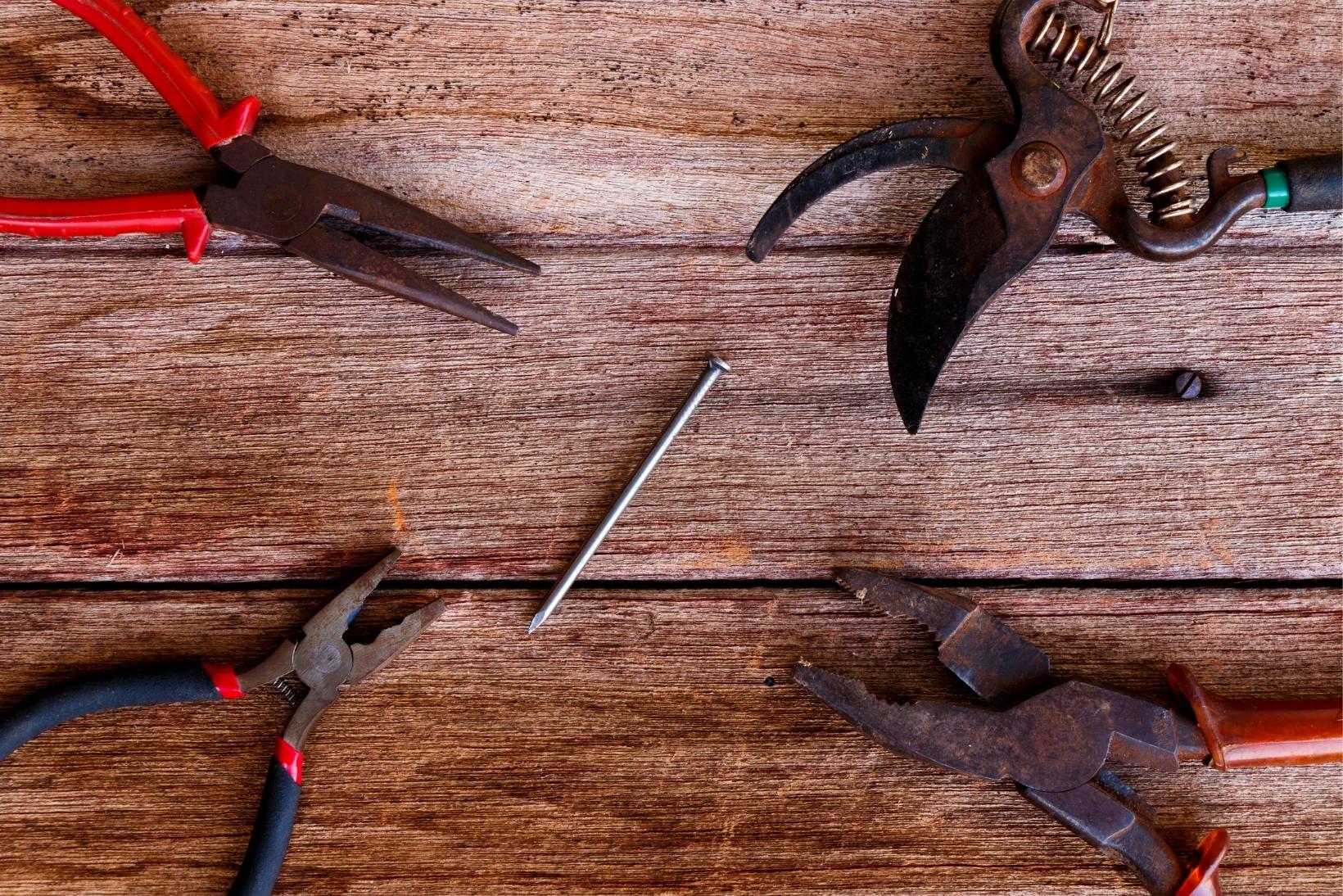Sheet metal is a versatile material that can be used in a wide range of applications, from roofing and siding to automotive bodywork and precision/'>precision machining. However, working with sheet metal requires some specialized knowledge and tools, especially when it comes to cutting the material to size and shape.

One of the most common hand tools for cutting sheet metal is the tin snip, also known as aviation snips. These snips are designed to cut through thin and medium-gauge sheet metal, as well as aluminum, copper, and other soft metals. They come in three types: straight snips, left-cutting snips, and right-cutting snips, which are used for different types of cuts depending on the orientation of the sheet metal and the user's preference.
However, simply grabbing a pair of tin snips and cutting away is not the best way to go about it. Without the right technique, the snips can easily become misaligned or dull, leading to rough edges, botched cuts, and wasted material. Here are some essential tips for cutting sheet metal with hand tools.
1. Choose the right snips for the job
As mentioned earlier, there are three types of tin snips: straight, left, and right. Straight snips are best for making straight cuts or trimming edges, while left and right snips are used for cutting curves or circles. When selecting snips for the job, make sure to choose a pair that matches the direction and shape of the cut you need to make, and that can handle the thickness of your sheet metal.
2. Use the proper grip and hand placement
When cutting sheet metal with hand tools, it's important to develop the proper grip and hand placement to ensure precise cuts and prevent hand fatigue or injury. Hold the snips with the blades facing away from you, and use your thumb and forefinger to grip the handles. Use your other hand to hold the sheet metal in place, and position your body and arms to provide a stable base and leverage.
3. Mark your cut lines
Before cutting the sheet metal, use a marker or scribe to mark the lines you need to cut. This will help you to stay on track and avoid making mistakes or overshooting the mark. Be sure to mark the lines on the side of the sheet metal that will be visible, as the side facing down may become scratched or marred during the cutting process.
4. Cut slowly and steadily
When cutting sheet metal with hand tools, it's important to maintain a slow and steady pace, especially for curved or complex cuts. Start by making a small indentation along the cut line, and gradually work your way through the metal by making small, controlled cuts. Avoid cutting too deeply or too quickly, as this can cause the snips to jam or the metal to bend or buckle.
5. Take breaks and maintain your tools
Finally, when cutting sheet metal with hand tools, it's important to take periodic breaks to rest your hands and avoid fatigue or strain. Additionally, be sure to maintain your tools by keeping them clean, dry, and properly sharpened. Dull snips can quickly become misaligned or damaged, leading to jagged edges or incomplete cuts.
At HY Metals, we understand the importance of proper technique and quality tools when it comes to cutting sheet metal. Our team of experienced professionals can help you to select the right equipment and materials for your project, and provide guidance on how to get the most out of your hand tools. Contact us today to learn more about our sheet metal and precision machining services.